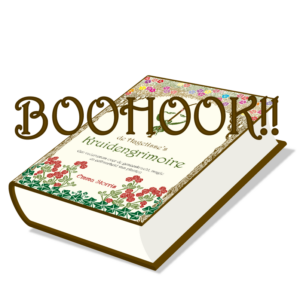
Great or common mullein, Verbascum thapsus, is kind of my plant. Over time, it has popped up spontaneously in every garden I have had, always whenever I needed it. I am sure I have mentioned it before, but my airways were a major worry for me during the first decades of my life. This plant still reminds me that I should take good care of myself.
Mullein is not my favourite plant; I will write about that one later. But this plant definitely belongs in this vademecum. After all, it grows locally where I am from, has brilliant medicinal properties and is also incredibly beautiful.
Most people who know this plant will predominantly think of its application against all kinds of respiratory diseases. And, yes, this plant works against those like a charm. What fewer people know, is that mullein also be used against all kinds of pain both internally and externally. Externally, it helps with skin conditions as well.
Mullein has quite a few magical properties. It protects you from wild animals, malicious entities and colds. It gives you courage when you need it. Not only does it give you insights into where to find your loved one, it attracts love. And – for those of you who are wont to using this particular magical ingredient – you can use pulverised mullein leaves as a substitute for graveyard dust.
The mullein is a human-sized plant – it can grow up to two metres high – that you can hardly miss. It stands on a strong taproot. In its first year, a root rosette with up to 45 cm large, woolly leaves develops above the taproot. These are ovate to lanceolate with a shallow serrated margin and light grey-green in colour.
In the second year, the stem develops, which has the same colour as the leaves and has a pannose feel to it. The stem leaves are smaller, sessile and less hairy. The inflorescences consist of dense spikes of clustered yellow flowers that are up to about 2 to 3 cm in diameter and can be found at stem apex. The flowers spread a subtle, honey-like scent.
After flowering, the ovoid capsule with five chambers, containing small seeds, appears. These seeds are mainly spread by the plant being shaken by the wind in autumn.
Family of denseflower mullein, Verbascum densiflorum, which has the same effect. Great mullein and denseflower mullein often crossbreed.
The nickname ‘torch’ or ‘candlewick’ comes from the custom of applying grease or resin to the stem and using it as a torch.
The leaves were also used as a wick in an oil lamp.
You can use infusion of mullein to lighten your hair.
Mullein can be used as a less unhealthy alternative to tobacco.
Basic membership is free. A plant monograph contains:
It's not allowed to copy content of this website
and view hidden content
